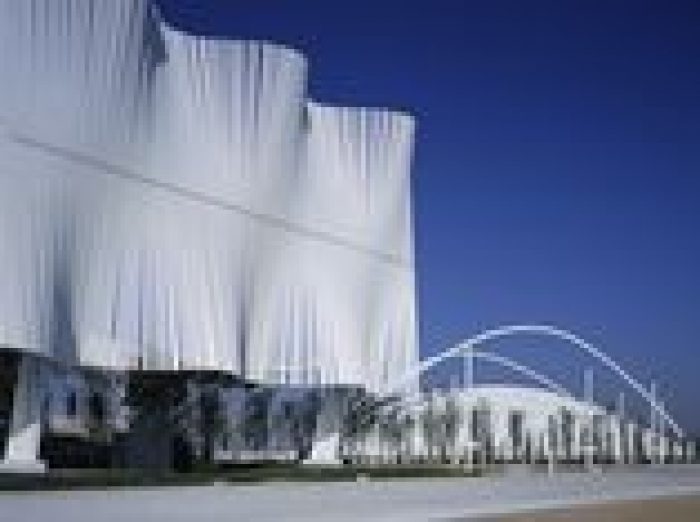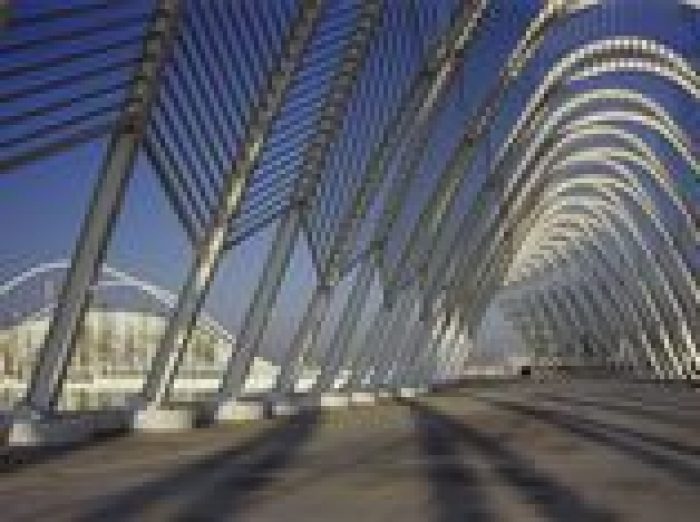Athens Olympic Stadium by Santiago Calatrava: An iconic stadium is designed to host major sports events and it is the right place to do activity and sport, so the perfect solution is to build it ecologically. The Olympic Stadium of Athens ‘Spyros Louis’ is a part of the Athens Olympic Sports Complex. It is named after the first modern Olympic marathon race winner in 1896, Spyros Louis. The stadium hosts one of the biggest sport clubs in Greece, AEK Athens. It is located in Marousi, in the north-east part of Athens, and consists of five different venues: the Olympic Indoor Hall, the Athens Olympic Aquatic Centre, the Athens Olympic Tennis Centre, the Athens Olympic Velodrome and the Olympic Stadium. The latter was originally built in 1982 and was extensively refurbished for the 2004 games, including the addition of a roof structure composed of two 45 meters high arches, weighing 4,000 tons, from which the glass and steel roof is hanging.
[irp posts=’135938′]
The Design of The Athens Olympic Stadium:
Santiago Calatrava’s design of two triumphant arcs that carry the twin roof of the Athens olympic stadium, was a major addition to the Athenian skyline and symbolic to the city’s entry into the 21st century. The roof, acting simultaneously at the cognitive and aesthetic levels, is the first attempt in Greece’s modern history to enter into a serious and costly efforts to re-imagine Athens by placing a new, modern landmark next to the long-established monument of the Acropolis. A hallmark event like the Olympic Games provided this opportunity, which officials saw as the key moment in attempting to deconstruct established stereotypes about Athens and Greece, or according to some, to follow the familiar ‘recipe’ of ‘putting the city on the map’, and elevating its status as a global city. As Athens’s urbanity ‘recuperates’, thanks to the Olympic works, the city is expected to become an ideal destination for both business and tourism.
To be sure, Athens is not a city whose urbanity suffers, as former industrial centers (e.g. Bilbao or Detroit) or metropolitan areas with problematic inner-city conditions (e.g. many downtown areas of large American cities). Athens exemplifies a rather idiosyncratic type of urbanity, typical of a Mediterranean metropolis which does not conform to the conventional ‘European’ model due to its lack of greenery, parks and promenades, but also its citizens’ disorderly behavioral patterns. The Olympics provided Athens with public parks, esplanades, surveillance systems, cleanliness – all those amenities that are considered inseparable from the contemporary notion of civility. In this sense, the Olympics acted as new means of modernization for Athens.
Four entrance plazas provide ceremonial access to the Complex. Each entrance gate is roofed with a vaulted steel canopy, which provides the public with a clear identifying element for the complex. When illuminated at night, these canopies serve both as orientation devices and as attractions in themselves. Two of the plazas are located at opposite ends of a central circulation spine, which runs between the Athens olympic stadium and the Velodrome. Another two, on the north side of the complex, lead from the Irinis Electric Railway Station and the Neratziotissa pedestrian bridge to one of the two covered Agoras.
“The return of the Olympic Games to their country of origin provides an opportunity for renewal”, Calatrava explained shortly before the games began. “The renewal is possible, first of all, for Athens itself. To their great credit, Greece and the Athens 2004 Organization have been determined to make the most of this occasion. But I also think there is an occasion for renewal for the visitors to the competitions, and for the people who will follow the competitions on television“.
Project Information :
Architect : Santiago Calatrava
Location : Maroussi, Athens, Greece
Project Year : 2004
Total Area : 25,000 square meters
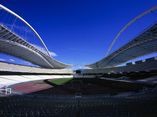
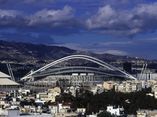
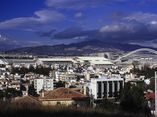
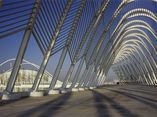
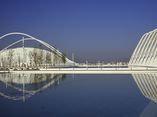
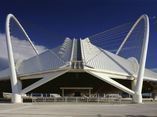
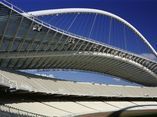
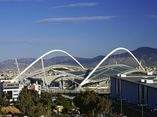
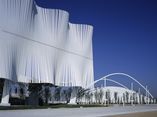
All images courtesy of Santiago Calatrava.


